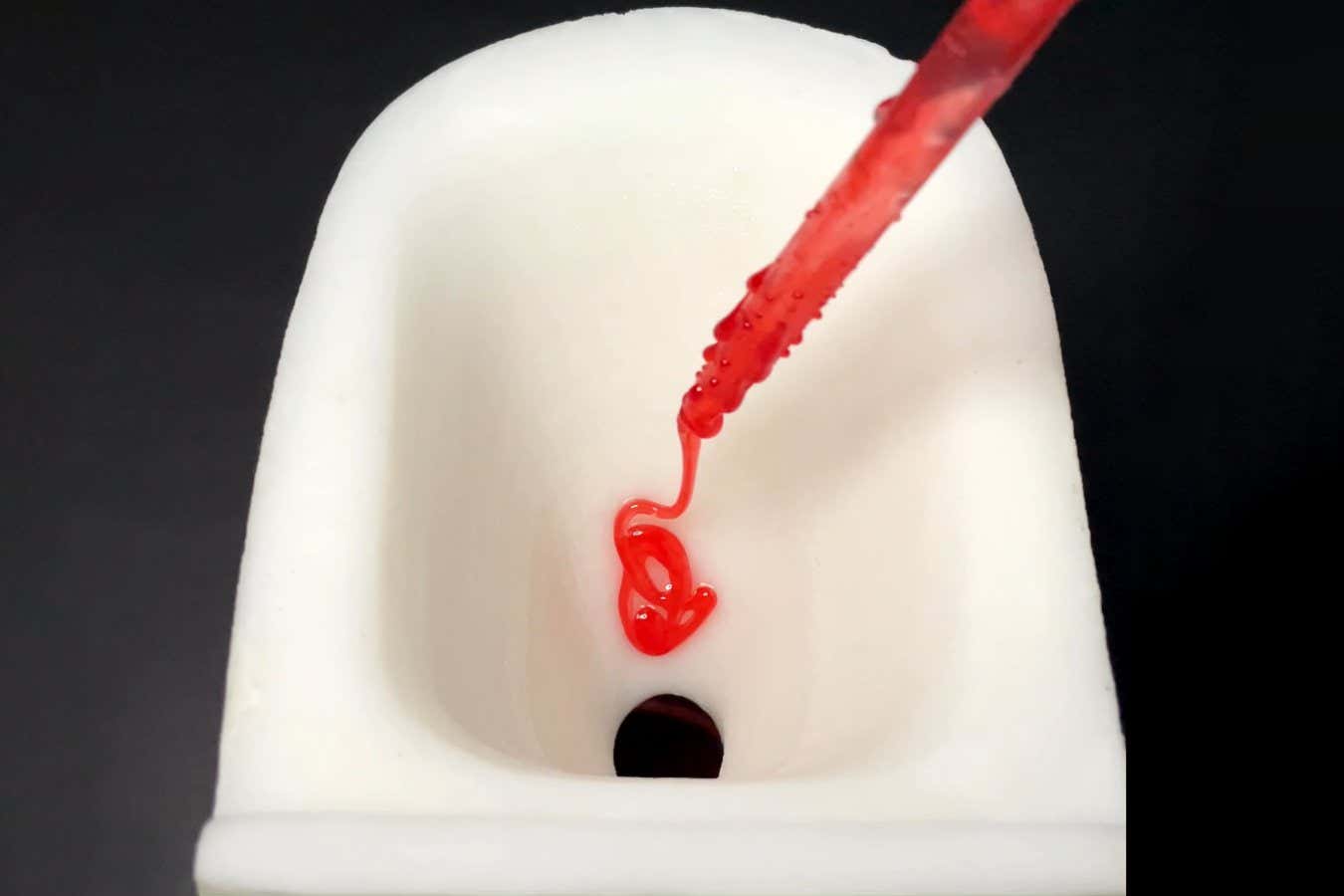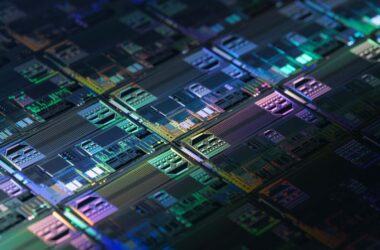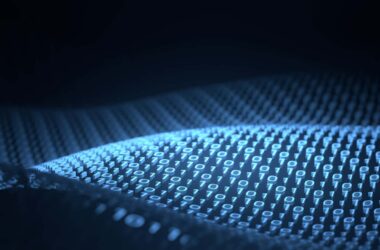A team of researchers from Huazhong University of Science and Technology in China has developed a 3D-printed toilet that is extremely slippery and remains so after heavy use. This could potentially lead to a significant reduction in water usage for flushing.
Traditional slippery toilet surfaces, such as Teflon-coated bowls, tend to lose their effectiveness over time and require frequent replacements. However, the newly developed 3D-printed toilet overcomes this issue by maintaining its slipperiness even in the face of abrasion.
To create the toilet, the researchers used a mixture of plastic and hydrophobic sand grains, which was then 3D printed using a laser fusion technique. They also applied a silicon oil lubricant, which not only coated the surface but also penetrated below it due to the structure of the toilet’s material.
The team tested the toilet by throwing various substances like muddy water, milk, yogurt, honey, starch-filled gel, and synthetic feces into it. Surprisingly, none of these substances stuck to the toilet surface. Even after rubbing the surface with sandpaper more than 1000 times, the toilet remained just as slippery. This is because the lubricant oil sits below the rubbed-away surface.
The potential applications of such a toilet are vast, particularly in high-traffic settings like trains and public bathrooms. The reduced flushing volume would save water during transportation to processing facilities, thereby reducing costs. However, before these toilets can become widely available, the manufacturing process needs to be adapted for full-sized toilets and made more cost-effective.
While the 3D printing technique and the environmentally friendly lubricant used in this study are promising, incorporating them into current toilet production processes might be challenging. William Wong from Aalto University in Finland suggests that a start-up company with greater flexibility in redesigning supply chains might be better suited for this task.
In conclusion, the development of a 3D-printed toilet with exceptional slipperiness could revolutionize water usage for flushing in the future. However, further research and refinement of the manufacturing process are necessary to make this technology viable on a larger scale.
Section for unique insights:
– The researchers were able to create a slippery toilet surface that remained effective even after heavy use by combining 3D printing with a mixture of plastic and hydrophobic sand grains.
– The application of a silicon oil lubricant not only coated the surface but also penetrated below it, contributing to the toilet’s lasting slipperiness.
– The toilet successfully repelled various substances and maintained its slippery surface even after extensive rubbing, thanks to the lubricant oil sitting below the rubbed-away surface.
– The potential benefits of such a toilet include a significant reduction in water usage for flushing, particularly in settings with high usage like trains and public bathrooms.
– While there are challenges in adapting the manufacturing process for full-sized toilets and integrating it into existing production processes, the flexibility of start-up companies could play a role in overcoming these hurdles.
(Source: Original article)








